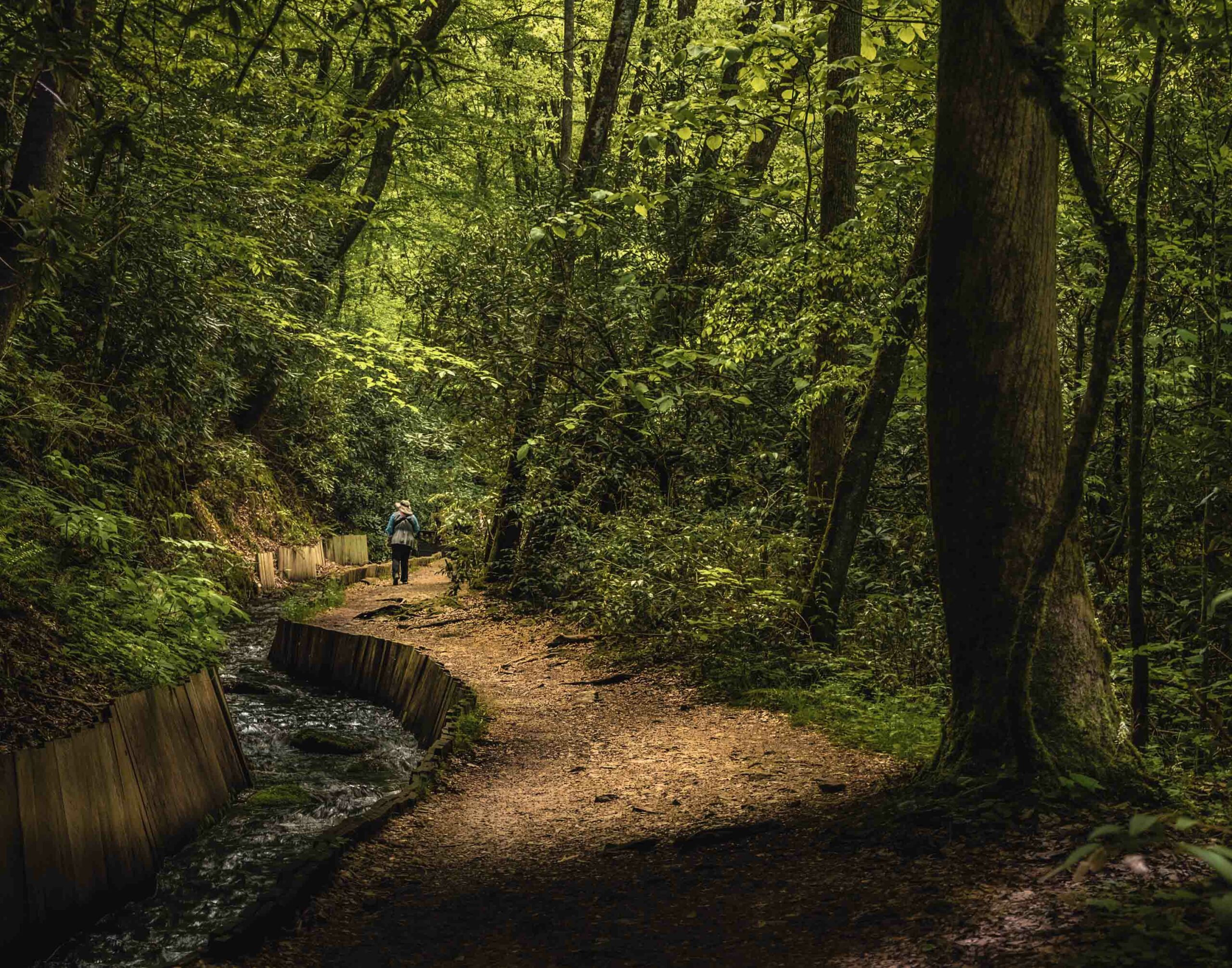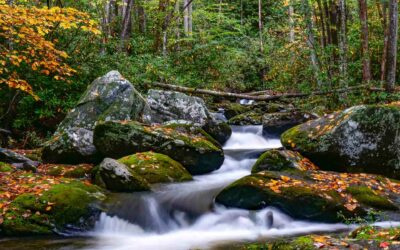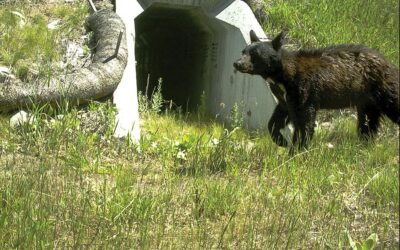Keep Public Land in Public Hands
Approximately 10 percent—2.4 million acres—of Tennessee land is public land, yet public land generates $30 billion for Tennessee’s economy every year.
Public lands provide opportunities for millions of Tennessee residents and visitors to experience the outdoors in ways they would not otherwise be able to.
Outdoorsmen and women have all used and benefited from public lands—whether for hiking, hunting, fishing, camping, birdwatching, boating, or just enjoying some fresh air.
Public lands are valuable in numerous ways. Those who spend time outdoors, no matter how often, find social value. And public lands are vital for wildlife because large tracts of public land mean larger connected spaces of wildlife habitat. These values intertwine to impact the lands and communities surrounding them.
In 2022, Tennessee Wildlife Federation brought together a coalition of partners to stop the transfer of Yanahli Wildlife Management Area from the state to Maury County. This was a great win for public lands, but there is still work to be done.
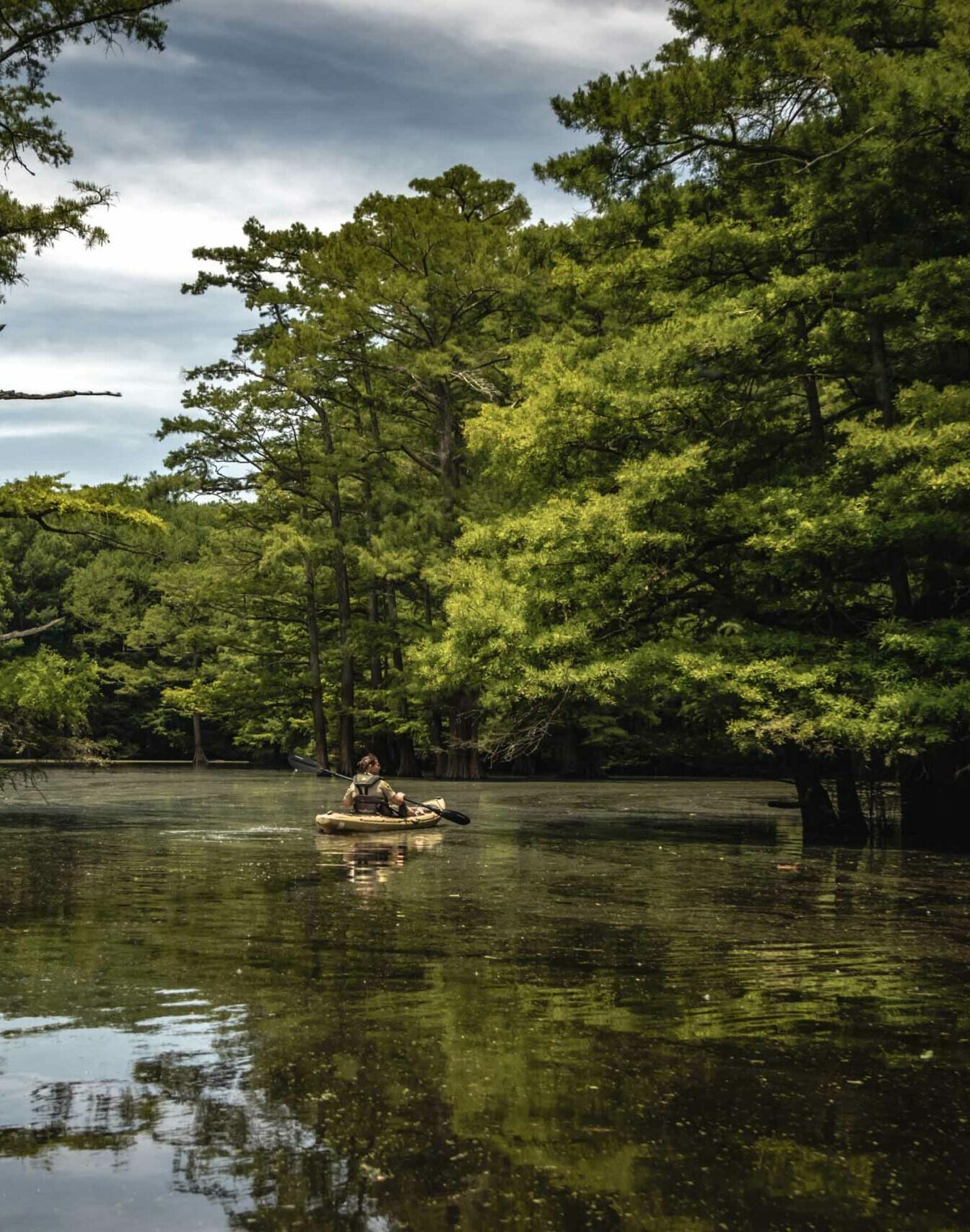
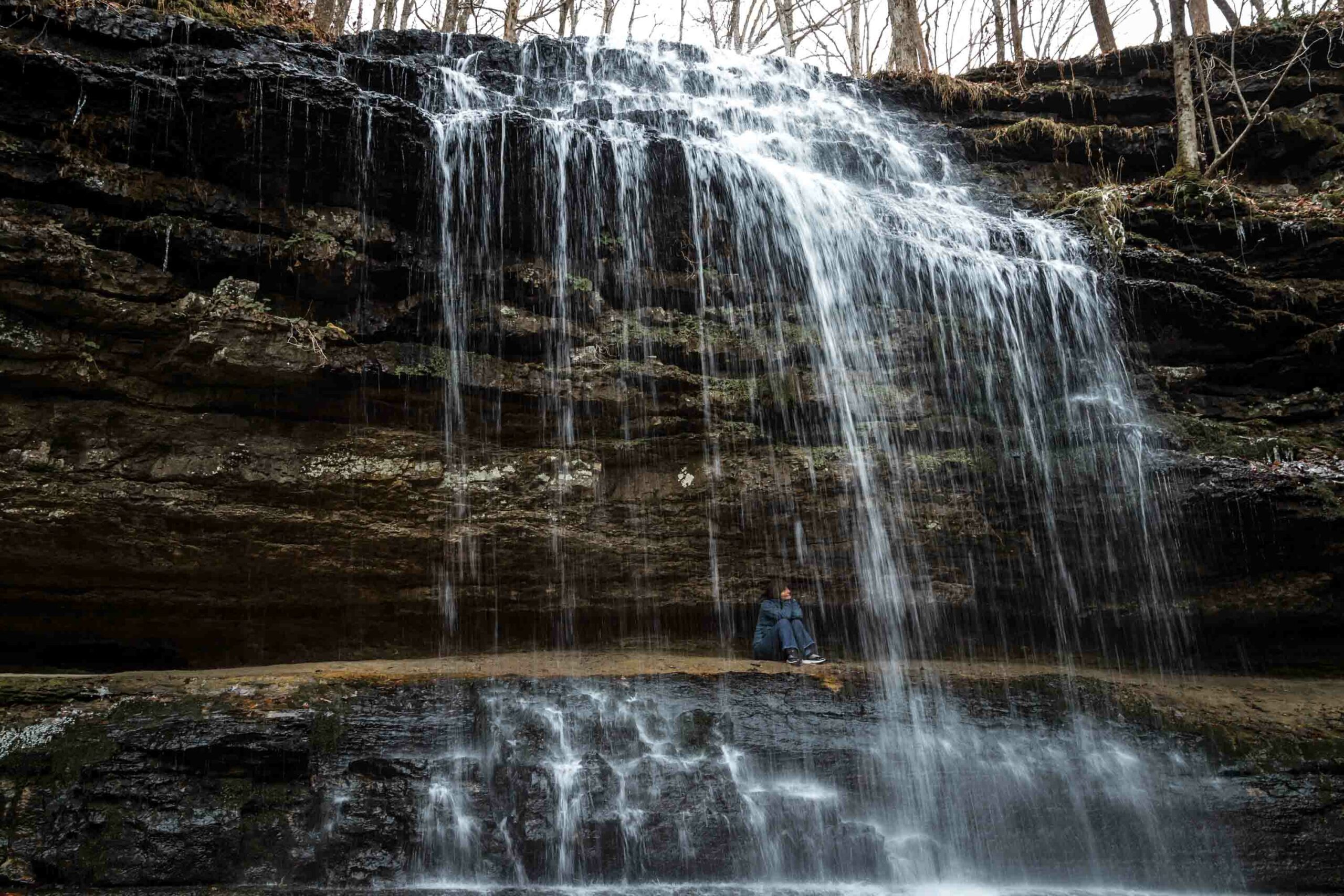
To properly manage and provide access to public lands requires dedicated, consistent funding.
Advocacy from Tennessee Wildlife Federation and hundreds of other organizations across the country—as well as support from millions of outdoorsmen—led to passage of the Great American Outdoors Act in 2020, which provided millions of dollars to maintain national parks and fully funded the Land and Water Conservation Fund to protect public lands.
Public lands are a collective resource, and it is the responsibility of all Tennesseans to support and speak up for Tennessee’s public lands.
Speak out
Help lead Tennessee's wildlife and habitat conservation movement by making your voice heard.
Give
Your generosity helps manage wildlife populations and restore habitats for a more vibrant Tennessee.
Sign up for action alerts
Learn More
Conservation Groups File to Defend Longstanding Clean Water Protections
Clearer, more consistent clean water protections for streams, fisheries, and wetlands that provide habitat and protect communities from storms are at stake.
Wildlife Crossing Efforts in Great Smoky Mountains
On average, more than 28,000 vehicles travel on I-40 between Tennessee and North Carolina every day. This interstate cuts through incredible wildlife habitat in the Great Smoky Mountains. Wildlife are either restricted to one side of the highway or have to find a way to cross it to access essential resources such as food, water, mating sites, and cover.
Cooking Wild Game for the Family
Share your love for the outdoors with those you love.
